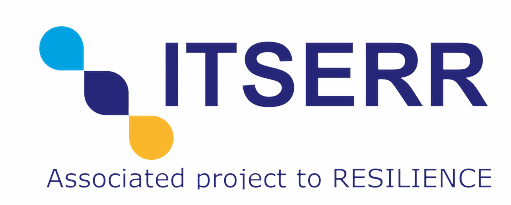Abstract
WP6 aims to develop a tool using artificial intelligence to extract and analyze data and knowledge from various sources, including the web, for use in religious studies research. The tool, called YASMINE, will be applied to two case studies: “Sanctuaria,” which focuses on shrines and their connections, and “Plorabunt,” a database of individuals killed in places of worship since 1982. YASMINE will scrape the web for information and extract raw data, using multilingual and multi-semantic sources to identify objects of interest. The goal is to produce new knowledge and provide access to new sources and frameworks for research in the field of religious studies.
Staffing
For WP5, the leader is Fabrizio D’Avenia and the product owner is Federico RUOZZI. Fabrizio D’Avenia is responsible for overseeing the overall direction and management of WP6, while Federico RUOZZI serves as the main point of contact for defining and prioritizing the features and requirements of the project. They are experts in their respective fields and play key roles in ensuring the success of WP6.
Steps
- Conduct a preliminary analysis and gather requirements for the development of YASMINE through consultation with researchers and experts using the Design Thinking process.
- Prepare specific data sources for the Plorabunt and Sanctuaria test cases and produce scientifically relevant samples for YASMINE development and testing.
- Research and experiment with algorithms for semantic structure analysis, data mapping, and knowledge extraction, with a focus on Computer Vision and Artificial Intelligence techniques.
- Coordinate and assist with the collection and validation of data sources and requirements, and ensure that IT development tasks align with scientific requirements.
- Develop YASMINE, including a semantic and mapping layer and the integration of Computer Vision and Artificial Intelligence algorithms for additional information extraction and layout analysis.
- Test and validate YASMINE on the Plorabunt and Sanctuaria test cases, and integrate the tool into a web platform for research use.
- Disseminate the results and impact of YASMINE through scientific publications and engagement with relevant communities.
Outcomes
- Develop YASMINE, an open source meta-scraper with a modular and scalable architecture to extract specific knowledge for various scientific projects and disciplines
- Explore two technological paths: YASMINE and specialized AI projects (PLORABUNT and SANCTUARIA) using machine learning methods to extract specific knowledge
- Test the tool on two historiographically relevant test cases: “Sanctuarii” and “Plorabunt”
- Compare the quality of data extraction achieved through both technological approaches
- Support multiple web data sources technologies/formats, languages, alphabets/encodings, ontologies/semantics, and output formats

